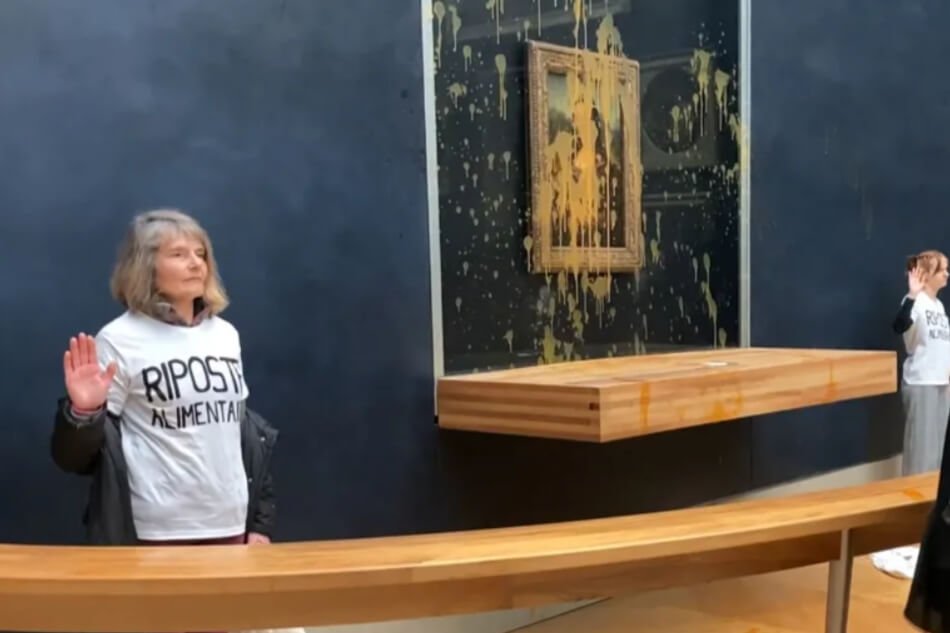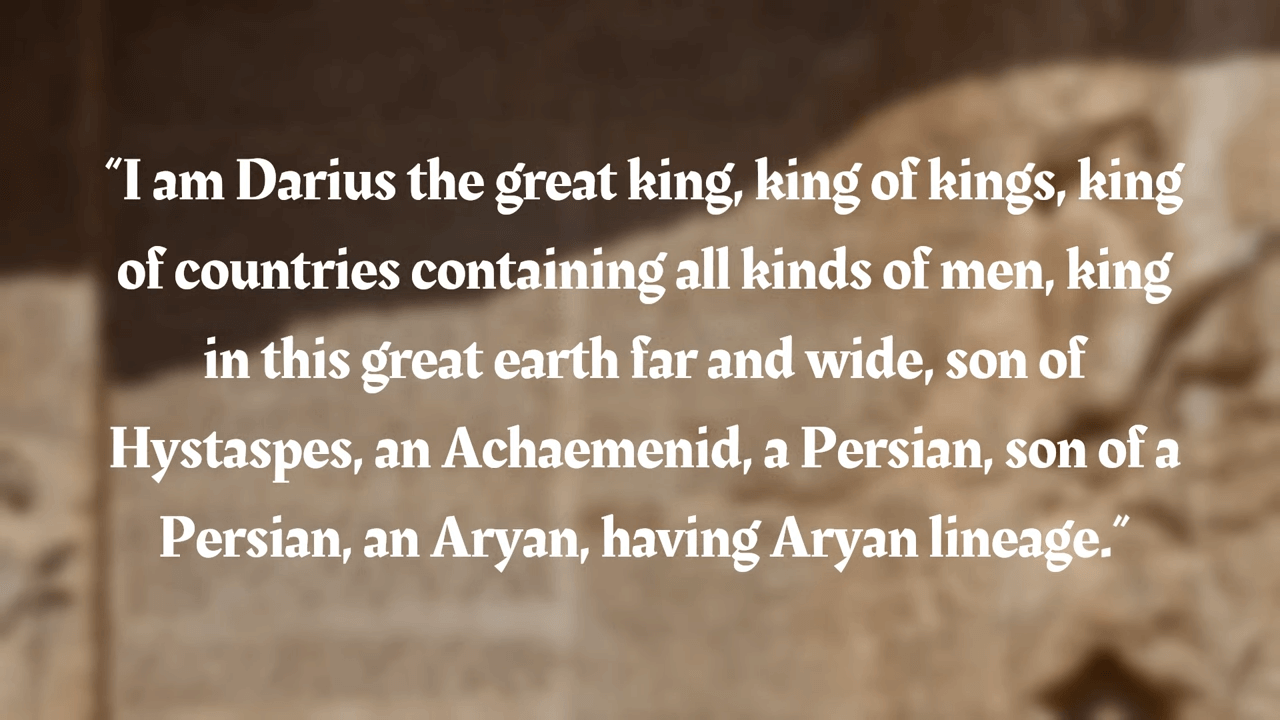Europe's Lost Golden Civilization: Advanced Technology, Intricate Artifacts, and Mysterious Collapse
In the vast tapestry of human history, few civilizations evoke as much intrigue and awe as Old Europe, a sophisticated and advanced civilization that predated the illustrious cultures of Mesopotamia and Egypt. This article delves into the enigmatic world of Old Europe, exploring its technological prowess, artistic richness, and the enigmatic circumstances surrounding its sudden collapse.
Preceding Ancient Giants
Old Europe emerged as a beacon of civilization well before the rise of the famed Mesopotamian and Egyptian cultures. This period, flourishing mainly in the southeast of Europe, notably in the Lower Danube Valley, demonstrated remarkable advancements in political structure, technological innovation, and ideological complexity. Metalworkers of Old Europe were particularly advanced, creating a staggering array of metal artifacts that still impress contemporary scholars.
Artistic Expressions and Material Wealth
A hallmark of Old Europe's sophistication was its ornamental adornments, signaling not just wealth but also a high degree of artistic expression. The civilization boasted extensive trade networks for procuring precious materials like copper, gold, and shells. Intriguingly, the prevalence of female goddess figurines in their artistic oeuvre has sparked debates among historians about the potential influence of women in Old Europe's society.
The Mysterious Collapse
Despite its advancements, Old Europe was not immune to decline. This civilization, which had substantial homes, a wide range of pottery, and figurines connected to domestic rituals, abruptly ended. The period of prosperity, spanning from the fifth to the first half of the fourth millennia BC, came to an abrupt end with over 600 settlements being abandoned and set ablaze. This catastrophe led to a widespread dispersal of the population and a shift towards a more nomadic lifestyle.
STEPPE Influence?
The cultural elements of Europe have deep roots in the Steppe nomadic horse riders. These nomads migrated across Eurasia from roughly 4,000 to 1,000 BCE. Their movements may coincide with Old Europe's collapse, leading to speculation about the extent of their influence on the civilization's decline.
Migration and Sacred Practices
Notably, there was a significant migration of European mobile herders to the Lower Danube Valley around the time of Old Europe's decline. Furthermore, the civilization had unique practices concerning its dwellings. It was common practice to set houses on fire purposefully, perhaps as part of rituals performed after the passing of a revered elder or after a certain number of generations. This practice contributed to the abandonment of numerous settlements approximately 5,400 years ago.
Factors Behind the Decline
The decline of Old Europe was likely the result of multiple intertwined factors. Climate change, resource conflicts, and immigration played significant roles. Additionally, the spread of diseases like the Black Death and the influence of Steppe cultures were critical in shaping the civilization's fate.
The Bell Beaker Connection and Britain's Genetic Shift
An intriguing aspect of this period is the arrival of the Bell Beaker culture, which brought a sudden genetic change to Britain. This transition remains a mystery, with scholars striving to understand the reasons behind this significant genetic shift and population decline.
The civilization of Old Europe stands as a testament to the complexities and vulnerabilities of human societies. Its advanced technology, intricate artifacts, and the enigmatic nature of its collapse continue to captivate historians and archaeologists alike. As we uncover more about this lost civilization, we gain deeper insights into the enduring legacies of ancient societies and the myriad factors that shape their destinies.


















































